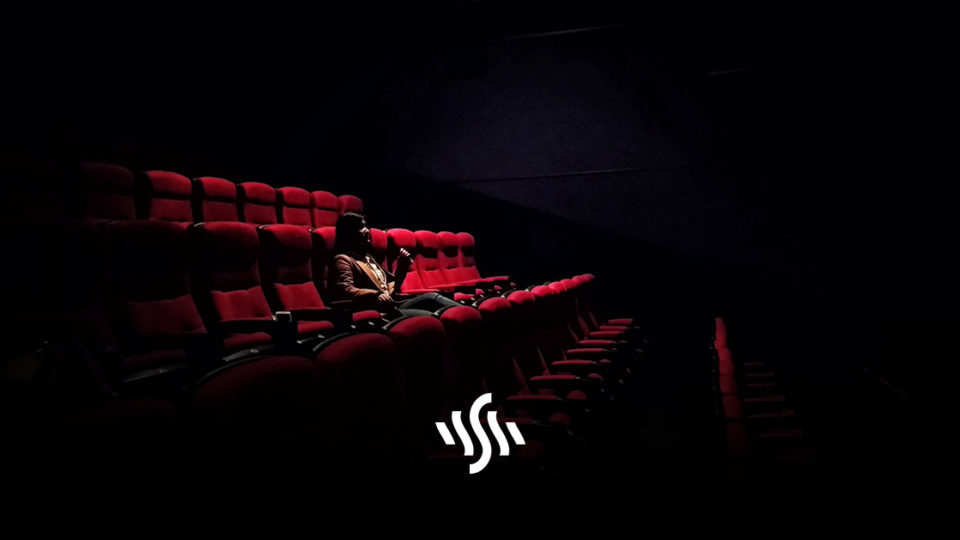What is Foley & How Is It Done?
Often we hear people ask, “what is Foley?” We’re delving through the past, present & future of Foley to answer this question.
Adding SFX and Foley to film, games and other moving content invites your audience into a more immersive world.
What is Foley?
Have you ever tried watching a horror movie with the sound off?
It is usually much less scary muted than with the sound on. This is largely due to intense and dramatic soundtracks that often accompany film, but also thanks to a sound design method called Foley – the recreation of sounds in post-production that cannot be captured on set.
Imagine a classic horror scene – tension will build as eerie footsteps echo down a creaky corridor and wind rattles the broken shutters. You can hear a thudding heartbeat and gasping breath quicken before a climactic action happens with a bang.
Foley artists would have recreated all the sounds for this moving image to add depth, make it realistic, immersive and to enhance the overall auditory experience.
This is the same for any movie, down to the sound of clothes rustling as people brush past each other on the street, or background noise in a restaurant, to more complex sounds like a plane crash, or explosions.
How did it start?
The term ‘Foley’ was coined after American Director Jack Donovan Foley pioneered the movement in the 1920s during his time working for Universal.
He started out in the business of directing silent films, and once technology progressed enough to allow the addition of recorded sound in post-production, he started adding sound to film and radio broadcast.
This created a huge shift in the trajectory of the film and moving image industry, with Jack Foley being responsible for the sound effects in many Box Office Hits, like ‘Soapbox’.
How it was done?
During the early days of Foley, sound artists would have to work in a highly treated studio, on a Foley stage in front of a projector where the movie would be played in its entirety.
They would have access to a large range of surfaces, textures and props in order to recreate the sounds seen on screen. This was a high-pressure environment – Foley artists would have limited time to create the sound, perfectly in sync with the action on screen to make it realistic.
It required, and still requires today meticulous attention to detail, but also a highly creative mind – not all sounds could be recreated by the object that appears onscreen.
Artists would have to experiment with a range of unusual objects to achieve a sound as close to the original thing as possible, without repeating those actions.
What if a bone breaks in a combat action scene? Simply snap some carrot or celery to create a sound alike, without the actual bone breaking needing to happen, thankfully!
How it’s developed
Of course, in the 100 years since Foley began, there have been colossal advancements in technology, which has had a seismic impact on the way Foley artists work. Progressions in filming equipment means that visuals can be closer and more detailed than ever before, so the Foley artists have to create even higher quality sounds to match.
However, with the shift to digital and the creation of DAWs, a lot of the time-consuming processes that once existed in the analogue age of Foley are no longer slowing them down.
For example, the ability to move samples in post, to ensure the timing of the sound matches the on screen action perfectly, eradicates the need for lengthy playbacks and rerecording if timing mistakes are made.
Generic sounds like the opening and closing of doors can also be stored electronically and reused at the press of a key, which proves very handy. Not to mention the huge array of editing techniques available nowadays, which allow sound to be manipulated beyond recognition.
With the rise of DIY culture once more, technology is becoming more affordable, so aspiring Foley artists do not always have to have access to high-end studios and can recreate sounds in the comfort of their bedroom.
Foley is now a much more streamlined and accessible process, whilst still holding some of its original methods dear.
What’s Next?
The ever-changing nature of technology and the entertainment industries could mean a variety of things for Foley. It’s expected that it will become even more prevalent in gaming, as video games are quickly becoming the highest-ranking form of entertainment. And, of course, as with much of the media landscape, the future exists in the digital realm, so we predict that the use of synthesized sounds will be on the rise, whilst traditional methods of recording objects for Foley could slowly disappear.
